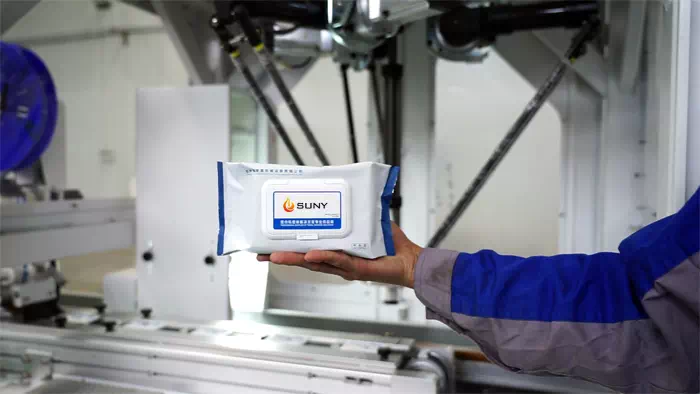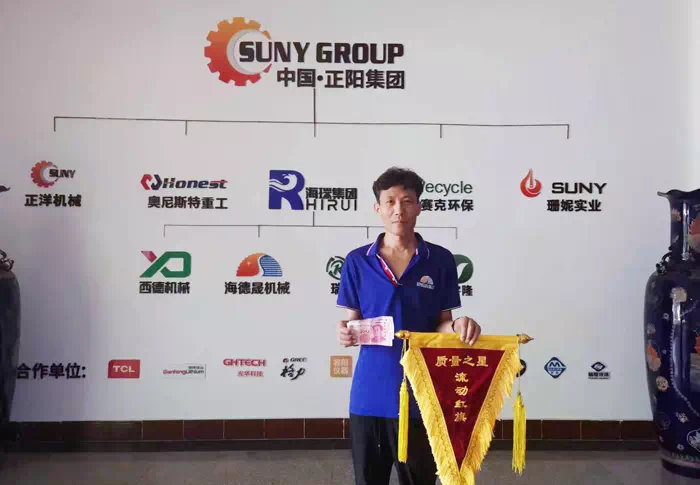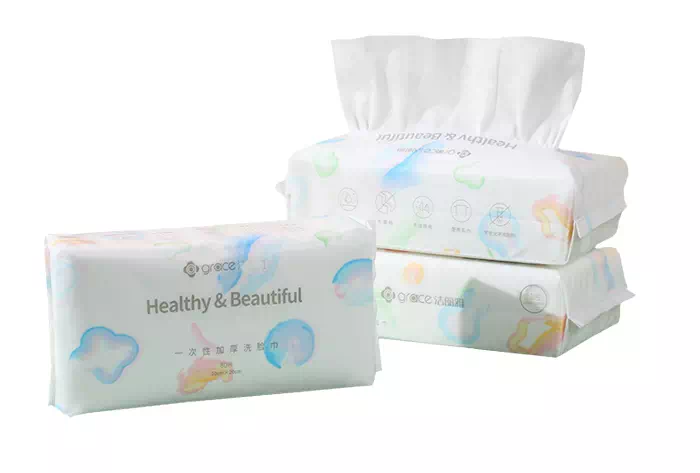How are wet wipes produced?
Wet wipes (also referred to as baby wipes) are disposable cloths designed to clean the most sensitive areas of an infant’s body. Created from non-woven fabrics similar to those featured in dryer sheets, these wipes are saturated in a cleansing solution to give them their cleaning power. The entire wet wipe production process from start to finish is explained in this helpful guide by SUNY Wipes Machine.

The first step in any manufacturing project is the design. Wet wipes need to contain specific characteristics in order to satisfy consumer expectations. As such, the fabric selected should be durable enough to withstand heavy-duty cleaning tasks yet disposable. Since the wipes are saturated in cleansing solution, it’s important that the fabric be absorbent. In addition to the design of the wipes themselves, manufacturers also need to consider the design of their packaging. Baby wipe packages should be able to easily dispense single sheets while preserving the moisture of the towelettes that have not yet been used. Thermo-formed plastic tubes are often the go-to solution for packaging wet wipes.


Once the design has been developed, the next step is to select the materials. Usually, wet wipes are created from non-woven fabric. While traditional fabrics are created by weaving fibers together to form an interlocking matrix of loops, non-woven fabrics are created by a process through which a mass of separate fibers is pressed into a single sheet of material. Cotton, rayon, polyester, polyethylene, and polypropylene are common fibers used in this process
When manufacturing baby wipes, a wet laid process is typically applied. During this process, the non-woven fibers are made into liquid slurries with water and other chemicals, resulting in a paste which is then pressed into flat sheets by rollers and dried to form long master rolls of material. The master rolls are then further processed using a slitter rewinder, cutting the sheets down into smaller sizes for additional processing. When the slitting process is complete, a pneumatic cross cutter traverses to cut the material in order to begin a new roll. Then, the master roll is discharged onto a platform preparing it for the next phase of manufacturing: consumer roll slitting and perforating. This next process takes the master rolls of non-woven material and slits them into various widths typically used for canister or bucket wipe products.
CONTACT US
If you have any requirement or suggestion, please fill in the form and send to us, thanks! Email:sunymachine@gmail.com Whatsapp:+8613674945231



